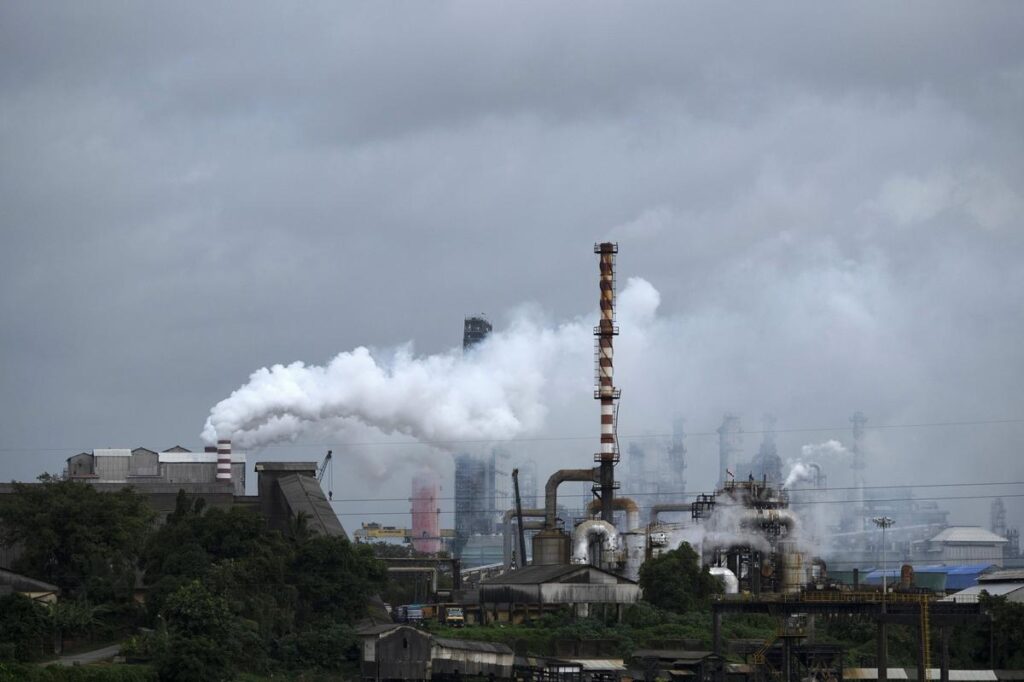The Energy and Resources Institute (TERI) has found that a complete shift to electric vehicles (EVs) in 44 major Indian cities could reduce carbon dioxide emissions by 61 million tonnes by 2035. These cities, each with populations exceeding 10 lakh, would also see a daily reduction of 11.5 tonnes of PM2.5 emissions, significantly improving urban air quality.
Economic Windfall: ₹9.17 Lakh Crore in Oil Savings
The environmental benefits are matched by significant economic gains. TERI’s study estimates a savings of more than 51 billion litres of petrol and diesel, resulting in a ₹9.17 lakh crore ($106.6 billion) reduction in India’s oil import bill by 2035. This shift could strengthen India’s energy security and reduce dependence on fossil fuels.
Older Vehicles Pose a Major Threat to Air Quality
According to TERI, the number of older vehicles is projected to grow from 4.9 million in 2024 to 7.5 million by 2030. These ageing vehicles, especially diesel buses, are major contributors to rising PM2.5 and nitrogen oxide levels in cities. The study emphasized that simply imposing age restrictions on buses could cut PM2.5 emissions by 50% and nitrogen oxide emissions by 80% by 2030.
The study recommends phasing out approximately 11.4 million old vehicles between 2030 and 2035. It suggests replacing them with electric vehicles or, alternatively, a mix of EVs and compressed natural gas (CNG) vehicles. However, TERI cautioned that a hybrid approach would lead to 30% lower greenhouse gas reductions compared to a complete EV transition.
Infrastructure Needs: Charging Stations and Scrapping Facilities
Realizing this transition will require a robust infrastructure build-out. The study proposes setting up more than 45,000 public EV charging stations and 130 vehicle-scrapping facilities across the 44 cities. This infrastructure will be critical to support mass EV adoption.
The shift to electric vehicles could generate approximately 3.7 lakh new jobs, primarily in the EV manufacturing and renewable energy sectors. In comparison, switching half the fleet to CNG would require about 2,655 new CNG stations and create only around 45,000 jobs.
A Step Towards India’s Climate Goals
With the transport sector currently responsible for up to 24% of PM10 and 37% of PM2.5 concentrations in Indian cities, the findings stress the urgent need for action. As climate change indicators hit record levels globally, TERI’s study outlines a clear path for India to achieve cleaner air, economic growth, and a sustainable future.
Read Also: Global Push for Sustainability Drives Green Ammonia Production

